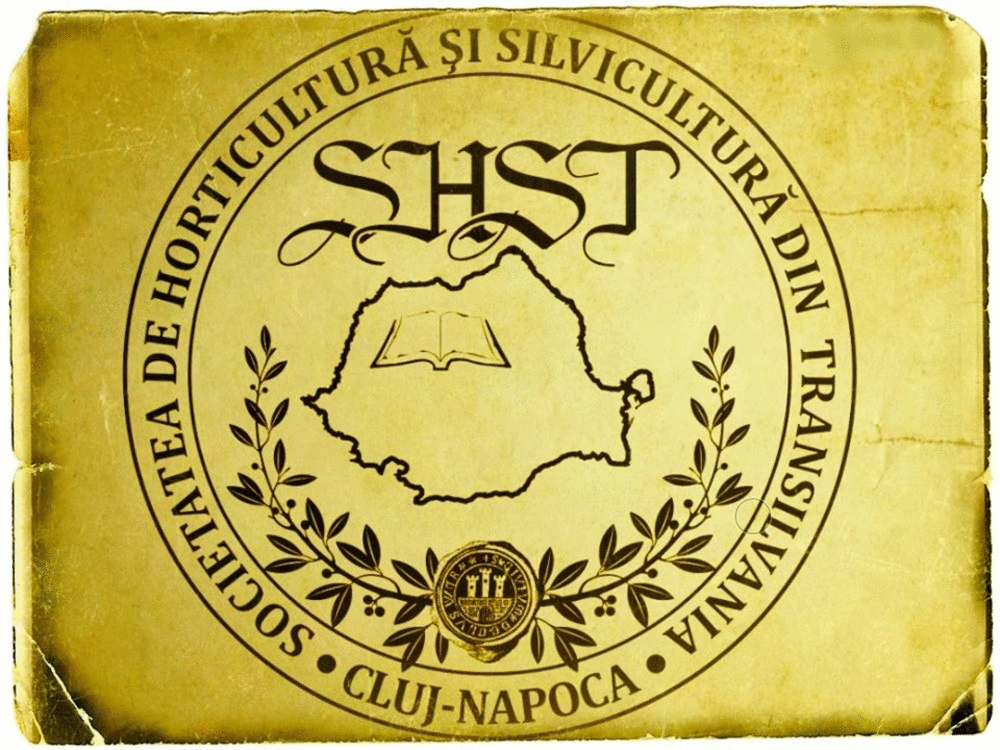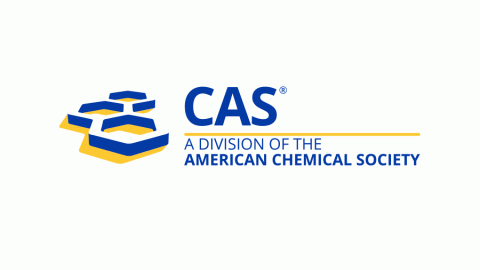Impact of magnetization of irrigation water on growth, yield and nutritional qualities of tomato under deficit irrigation
DOI:
https://doi.org/10.55779/nsb15111360Keywords:
available water, deficit irrigation, drip irrigation, magnetized water, tomato, vitamin C, paired t-testAbstract
Tomato is a vegetable crop commonly grown in Nigeria and consumed by most people. It contains vitamins and vital nutrients that are essential for good health. This study was conducted to determine the effect of magnetization of irrigation water on the growth, yield and nutritional qualities of tomatoes under deficit irrigation. Tomato seeds (‘Roma VF’ and ‘UC 82B’ varieties) were planted in 96 buckets (11 liters capacity), 48 buckets for magnetized water (MW) and 48 buckets for non-magnetized water (NMW), grown in a greenhouse and harvested 82 days after planting. The irrigation water was treated with 30 pieces of 10×25×50 mm neodymium magnets (1.2 Tesla). The tomato plants were subjected to deficit irrigation to determine the effect on the performance of tomatoes at 100% (1 liter), 80% (0.8 liters), 60% (0.60 liters) and 50% (0.50 liter) water requirement. Each treatment was replicated 6 times for both MW and NMW. The MW increased the growth of ‘Roma VF’ and ‘UC 82B’ varieties by 5.44-38.10% and the stem girth by 21.13-49.01%. MW increased the yield of ‘Roma VF’ variety by 110.00%, 36.00%, 6.26% and 24.00% for 100%, 80%, 60% and 50% of water application, respectively but increased the yield of ‘UC 82B’ variety by 56.52% for 100% water application. MW also improved vitamin A and C content by 7.89-27.94% and 0.45-19.06%, respectively. The concentrations of Lead were slightly higher in the tomato irrigated with MW than in the NMW but values of other heavy metals were not consistent and very close for both MW and NMW.
Metrics
References
Abd Ellateef MM, Mutwali EM (2020). Effect of magnetized water on germination and some growth characters of broad bean (Vicia faba l.), Asian Journal of Agriculture and Food Sciences 8(4):98-102. https://doi.org/10.24203/ajafs.v8i4.6145
Abou El-Yazied AA, Shalaby OA, El-Gizawy AM, Khalf SM, El-Satar A (2011). Effect of magnetic field on seed germination and transplant growth of tomato. Journal of American Science 7(12):306-312.
Akpenpuun TD, Busari RA (2016). Impact of climate on the yield of major tuber crops in Kwara State, Nigeria. Global Journal of Agricultural Science 16:61-65. http://dx.doi.org/10.4314/gjass.v16i1.8
Ali MY, Sina AAI, Khandker SS, Neesa L, Tanvir EM, Kabir A, Khalil MI, Gan SH (2021). Nutritional composition and bioactive compounds in tomatoes and their impact on human health and disease: A Review. Foods 10:45. https://dx.doi.org/10.3390/foods10010045
AOAC (2000). Official Methods of Analysis of the Association of Official Analytical Chemists. 15th Edition, Arlington, Virginia, USA, 2000.
APHA (2005). Standard methods for the examination of water and waste water, 21st Edition. American Public Health Association, Washington.
Babu C (2010). Use of magnetic water and polymer in agriculture. Tropical Research 8(806):D001.
Cai R, Yang H, He J, Zhu W (2009) The effects of magnetic fields on water molecular hydrogen bonds. Journal of Molecular Structure 938:15-19. https://doi.org/10.1016/j.molstruc.2009.08.037
Chang KT, Weng CI. (2006). The effect of an external magnetic field on the structure of liquid water using molecular dynamics simulation. Journal of Applied Physics 100: 043917. https://doi.org/10.1063/1.2335971
EFereres E, Sorian MA (2006). Deficit irrigation for reducing agricultural water use. Journal of Experimental Botany 1-13. https://doi.org/10.1093/jxb/erl165
Erba D, Casiraghi MC, Ribas A, Cáceres R, Marfà O, Castellari M (2013). Nutritional value of tomatoes (Solanum lycopersicum L.) grown in greenhouse by different agronomic techniques Journal of Food Composition and Analysis 31:245-251. https://doi.org/10.1016/j.jfca.2013.05.014
FAO/WHO (2001). Food standards programme: Joint Codex Committee on contaminants in foods. Fifth session, The Hague, Netherlands, FAO/WHO, 21-25 March 2011, 1-90.
Hellen LE, Othman OC (2014). Levels of selected heavy metals in soil, tomatoes and selected vegetables from Lushoto district-Tanzania, International Journal of Environmental Monitoring and Analysis 2(6):313-319. Https://doi.org/10.11648/j.ijema.20140206.13
Kareem NSA (2018) Evaluation of magnetizing irrigation water impacts on the enhancement of yield and water productivity for some crops. Journal of Agricultural Science and Technology A 8:270-283. https://doi.org/10.17265/2161-6256/2018.05.002
Montgomery DC, Runger GC, Hubele NF (1998). Engineering statistics. John Wiley and Sons, Inc, New York, pp 135-248.
Ogunlela AO (2001). Stochastic analysis of rainfall event in Ilorin, Nigeria. Journal of Agricultural Research and Development 1(1):39-49. https://doi.org/10.4314/jard.v1i1.42189
Ranjan S, Sumit S (2020). Drip irrigation system for sustainable agriculture. Newsletter 2(12):57-69.
Rawabdeh H, Shiyab S, Shibli R (2014). The effect of irrigation by magnetically chlorophyll and macroelements uptake of pepper (Capsicum annuum L.). Jordan Journal of Agricultural Sciences 10(2):205-214.
Sánchez-Rodríguez E, Rubio-Wilhelmi MM, Blasco B, Constán-Aguilar C, Romero L, Ruiz JM (2011). Variation in the use efficiency of N under moderate water deficit in tomato plants (Solanum lycopersicum) differing in their tolerance to drought. Acta Physiologiae Plantarum 33:1861-1865. https://doi.org/10.1007/s11738-011-0729-5
Sultana R, Chamon AS, Mondol MN, Tasnim, I (2021). Metal concentration in commonly sold fruit vegetables in Dhaka city market and probable health risk. Dhaka University Journal of Biological Sciences 30(1):35-47. https://doi.org/10.3329/dujbs.v30i1.51807
Ugonna CU, Jolaoso MA, Onwualu AP (2015). Tomato value chain in Nigeria: Issues, challenges and strategies. Journal of Scientific Research and Reports 7(7):501-515.
Yusuf KO, Ogunlela AO (2016). Effect of magnetically treated water on the quality of tomato, Kathmandu University Journal of Science, Engineering and Technology 12(2):29-33. https://doi.org/10.3126/kuset.v12i2.21519
Yusuf KO, Ogunlela AO (2017). Effect of magnetic treatment of water on evapotranspiration of tomato. Arid Zone Journal of Engineering, Technology and Environment 13(1):86-96.
Downloads
Published
How to Cite
Issue
Section
License
Copyright (c) 2023 Modupe R. BAIYERI, Kamorudeen O. YUSUF, Rasheed O. OBALOWU, Ganiyu SAAD, Ibrahim K. BANJOKO

This work is licensed under a Creative Commons Attribution 4.0 International License.
Papers published in Notulae Scientia Biologicae are Open-Access, distributed under the terms and conditions of the Creative Commons Attribution License.
© Articles by the authors; licensee SMTCT, Cluj-Napoca, Romania. The journal allows the author(s) to hold the copyright/to retain publishing rights without restriction.
License:
Open Access Journal - the journal offers free, immediate, and unrestricted access to peer-reviewed research and scholarly work, due SMTCT supports to increase the visibility, accessibility and reputation of the researchers, regardless of geography and their budgets. Users are allowed to read, download, copy, distribute, print, search, or link to the full texts of the articles, or use them for any other lawful purpose, without asking prior permission from the publisher or the author.













.png)















